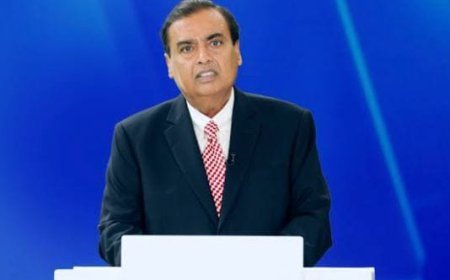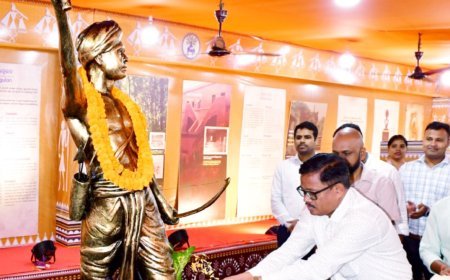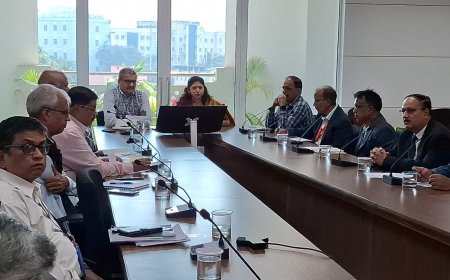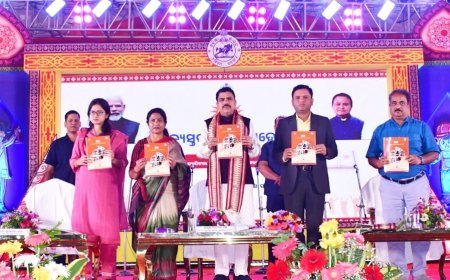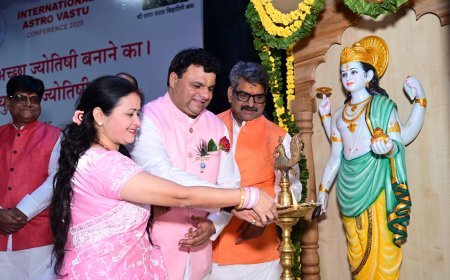NEP 2020: A Visionary Reform at the Crossroads of Implementation
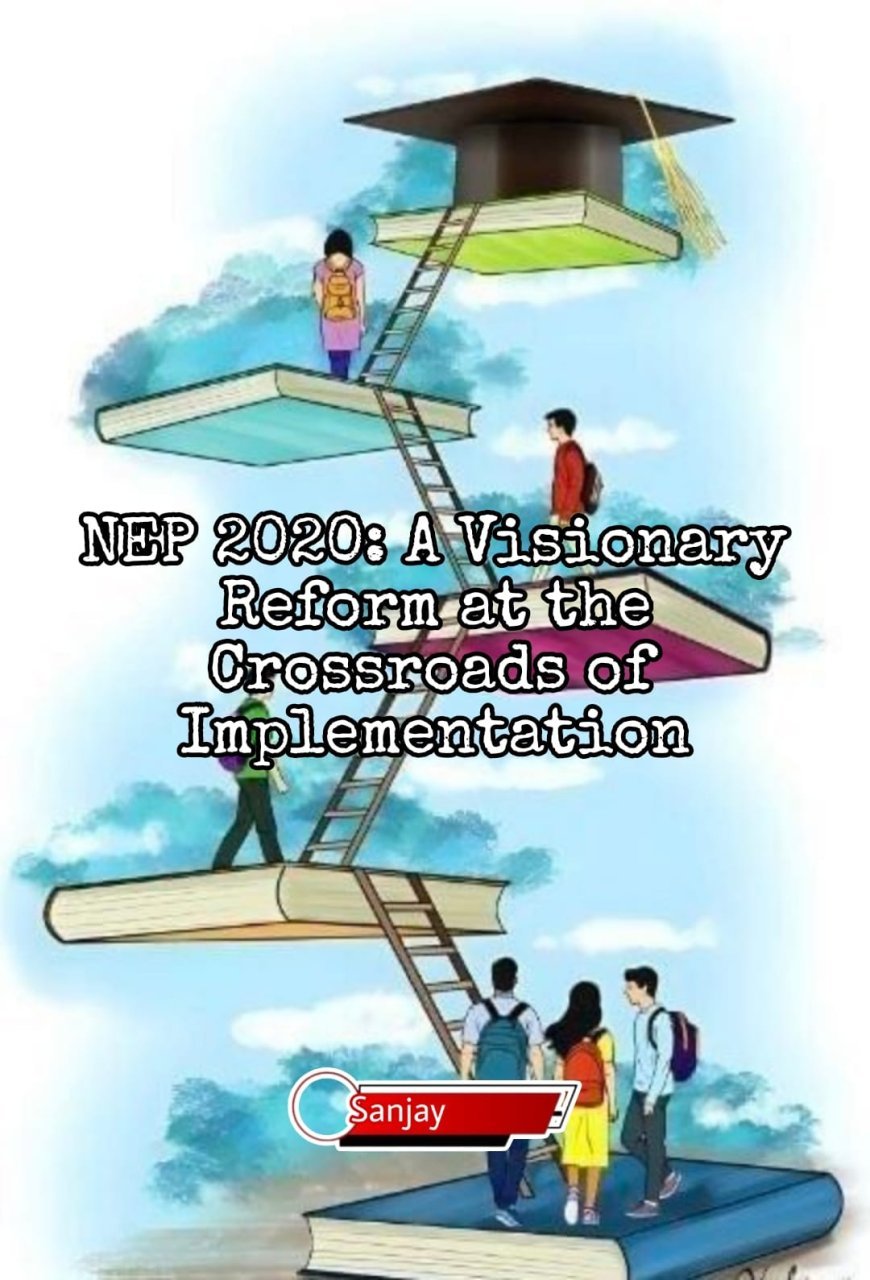
The New Education Policy (NEP) 2020 is a landmark reform aimed at overhauling India's education system. It promises transformative changes, from the foundational stages to higher education, intending to make the system more holistic, flexible, and multidisciplinary. However, like any major policy, it has its strengths and weaknesses.
Strengths of the NEP 2020
Focus on Early Childhood Care and Education (ECCE):
Introducing foundational learning from ages 3 to 8 through play-based and activity-based teaching ensures cognitive and social development at an early age.
It addresses the crucial gap in pre-primary education, which was previously underdeveloped.
Holistic and Multidisciplinary Approach:
Emphasis on multidisciplinary education in higher education, allowing students to combine subjects like science and humanities.
Flexible entry and exit points in degree programs cater to diverse learner needs.
Integration of Technology:
Promotion of digital learning, online education, and technology-based assessment, especially relevant post-pandemic.
Focus on the development of a National Educational Technology Forum (NETF).
Emphasis on Mother Tongue and Multilingualism:
Prioritizing teaching in the mother tongue or regional language at the foundational stage fosters better understanding and reduces dropout rates.
Vocational Education and Skill Development:
Integration of vocational education from Class 6 onwards, including internships, bridges the gap between academics and employability.
Encourages entrepreneurial thinking.
Research and Development:
Establishment of the National Research Foundation (NRF) to foster a strong research culture in higher education institutions.
Regulatory Reforms:
Simplification of regulatory structures with the merger of UGC, AICTE, and NCTE into a single Higher Education Commission of India (HECI) ensures efficiency and reduces bureaucracy.
Criticisms and Challenges
Implementation Issues:
NEP is ambitious, but its success largely depends on how well it is implemented at the grassroots level.
States' readiness and capacity to execute reforms vary, given India's diverse educational landscape.
Language Policy Concerns:
While promoting mother tongue education is beneficial, its implementation in a linguistically diverse country like India poses challenges.
The transition to English in higher education might create gaps for students taught exclusively in regional languages.
Inadequate Budget Allocation:
The policy recommends increasing public expenditure on education to 6% of GDP, but India's actual spending remains below 3%.
Without sufficient funds, achieving NEP's goals might be unrealistic.
Focus on Privatization:
Critics argue that NEP indirectly encourages privatization by promoting autonomy for institutions, which might lead to commercial exploitation in education.
Neglect of Existing Gaps:
The policy emphasizes future reforms but doesn’t adequately address the current disparities in access to quality education in rural vs. urban areas.
Digital divides may widen with the emphasis on online education, given the unequal access to technology.
Workforce and Teacher Training:
The success of NEP hinges on the quality of educators, but current training mechanisms are outdated and insufficient for the proposed changes.
Bridging the gap between current teaching capacities and NEP requirements is a significant hurdle.
Ambiguity in Execution:
The policy sets ambitious goals but lacks a detailed roadmap and timeline for achieving them.
Coordination among the central and state governments remains unclear.
Critical Perspective
The NEP 2020 is a visionary policy with the potential to revolutionize Indian education by making it globally competitive and locally relevant. However, its success depends on overcoming significant structural and financial barriers. The focus on inclusivity, vocational training, and early childhood education is commendable, but the potential pitfalls of inequity, underfunding, and over-reliance on privatization cannot be overlooked.
My appeal to the Government of India is to implement the NEP wholeheartedly; otherwise, the policy will succumb to death like the Continuous and Comprehensive Evaluation (CCE).
Ultimately, the NEP requires:
.Strong political will,
.Collaborative federal efforts,
.Substantial investments in infrastructure,
.Capacity building among educators,
to bridge the gap between
vision and reality. Only then can it truly transform India’s educational landscape.
Sanjay Pattnayak
Sundargarh







